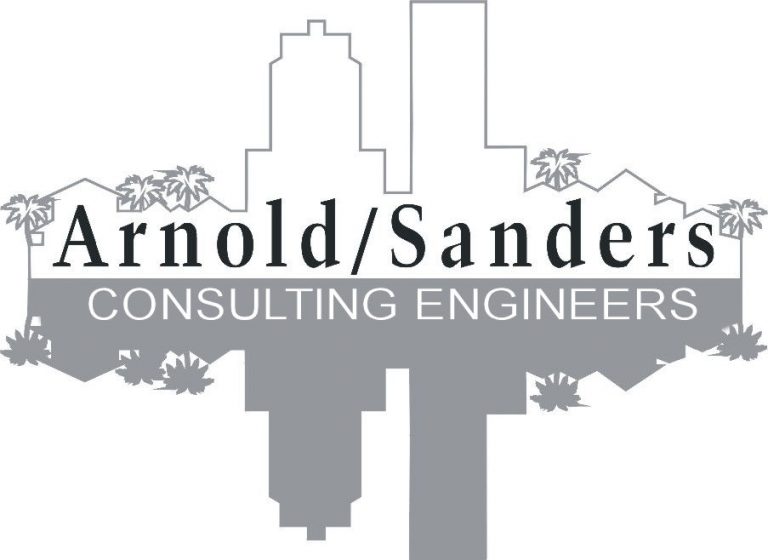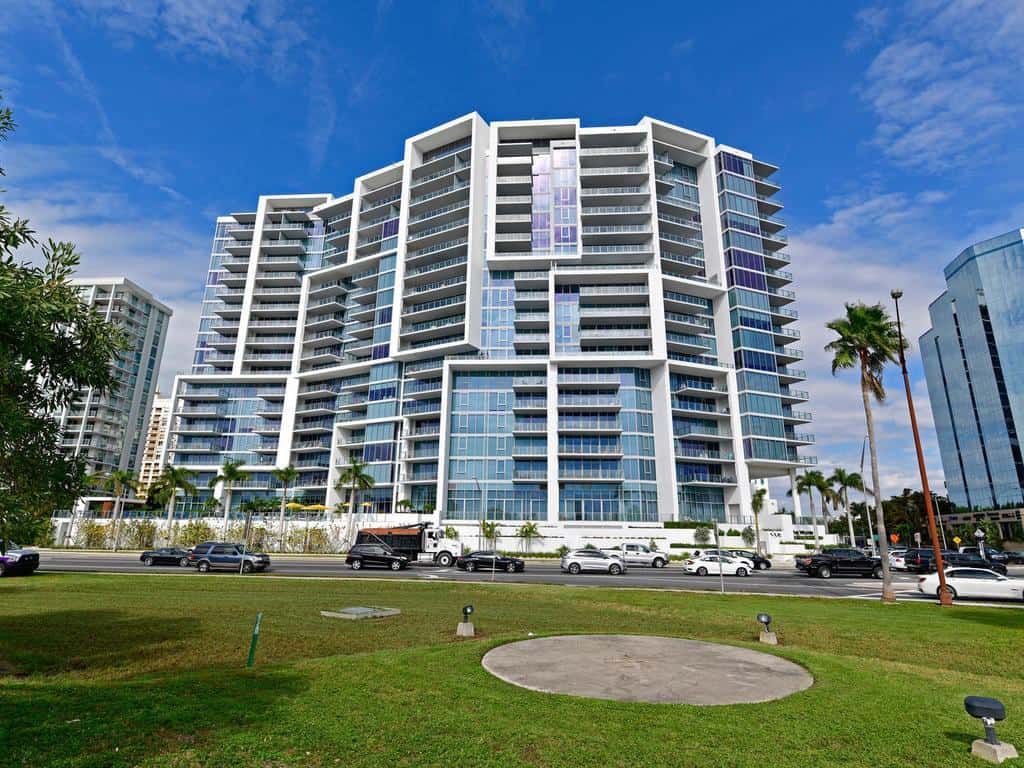
Don’t Ignore These Red Flags: 3 Indicators You Need to Renovate Your Hi-RiseBuilding
Are you the owner of a hi-rise building that has seen better days? Perhaps you’ve been putting off renovations for financial reasons, or maybe you just haven’t noticed any major issues yet. But ignoring red flags can lead to bigger problems down the line. In this blog post, we’ll discuss three key indicators that it’s time to renovate your hi-rise building before it’s too late. Don’t wait until disaster strikes – read on to learn more about keeping your property safe and up-to-date.
Introduction: What is a Hi-Rise Building?
A hi-rise building is a tall structure, typically taller than 12 stories, that is used for residential or commercial purposes. Hi-rise buildings are usually made of steel and concrete, and are often located in densely populated urban areas.
As a result of their height and location, hi-rise buildings can present unique challenges when it comes to renovation and repair. For example, because hi-rise buildings are often located in close proximity to other buildings, it can be difficult to access the exterior of the building for repairs. Additionally, the weight of the materials used in hi-rise construction can make renovation and repair projects more complex and expensive.
If you own or manage a hi-rise building, it’s important to be aware of these potential challenges and to have a plan in place for addressing them. Ignoring potential problems with your hi-rise building can lead to costly repairs down the
road.
Red Flag #1: Aging Infrastructure
If your hi-rise building was constructed more than a few decades ago, it is likely that its infrastructure is aging. This can present a number of problems, including:
-Deteriorating materials: Over time, materials like concrete, steel, and asphalt deteriorate and become weaker. This can lead to structural problems or even collapse.
-Outdated systems: Older buildings often have outdated electrical, plumbing, and HVAC systems. These systems are not only less efficient than newer ones, but they can also pose a safety hazard.
-Poor insulation: Many older buildings have poor insulation, resulting in high energy bills. This can be a major problem in the winter months when heating costs are at their highest.
If you notice any of these problems in your hi-rise building, it is important to take action immediately. Ignoring these red flags could result in serious damage to your property – or even injuries to occupants.
Red Flag #2: Outdated Design
If your hi-rise building has an outdated design, it could be a sign that you need to renovate. Outdated designs can make your building seem dated and unappealing to tenants, which can lead to lower occupancy rates. In addition, outdated designs may no longer meet the needs of today’s tenants. For example, older buildings may not have features that are now standard in new construction, such as energy-efficient windows and appliances, or updated security features. If your building has an outdated design, it may be time to consider a renovation.
Red Flag #3: Poor Resident Feedback
If you’re not already tracking feedback from your residents, now is the time to start. Poor feedback is a strong indicator that your building is in need of renovation. Start by surveying your residents on their overall satisfaction with the building. Be sure to ask specific questions about areas that may need improvement, such as the condition of the common areas, the quality of maintenance and repairs, and any safety or security concerns.
If you find that residents are unhappy with the condition of your building, it’s time to take action. Begin by meeting with your staff to discuss the issue and develop a plan for addressing it. If necessary, bring in outside experts to help you assess the situation and create a comprehensive renovation plan. Remember, your goal is to make improvements that will enhance your residents’ quality of life and make your building a more desirable place to live.
Benefits of Renovating Your Hi-Rise Building
If you’re like most hi-rise building owners, you’re always looking for ways to improve your property. After all, a well-maintained and updated building is more valuable and can attract and retain tenants better than an outdated one.
But there’s more to renovating your hi-rise than just improving aesthetics. In fact, there are many benefits of renovating your hi-rise that you may not have even considered. Here are just a few of them:
1. Increased Property Value: A renovation can increase the value of your property, making it more attractive to potential buyers should you ever decide to sell.
2. Improved Tenant Retention: Happy tenants are key to a successful commercial property. By renovating your hi-rise, you can create a more comfortable and inviting space for tenants, leading to improved retention rates.
3. Enhanced Curb Appeal: First impressions matter, especially when it comes to commercial real estate. If your hi-rise looks dated or rundown, it could be turning away potential tenants or customers. A renovation can help give your property the fresh look it needs to stand out from the competition.
4. Reduced Maintenance Costs: By making updates and repairs during a renovation, you can avoid costly future repairs down the road. This can help save you money on maintenance costs in the long run.
Tips for Planning and Budgeting a Hi-Rise Building Renovation
1. Define the scope of work: The first step is to clearly define the scope of work for your renovation project. This will help you determine the budget and timeline for the project.
2. Create a budget: Once you have defined the scope of work, you need to create a budget for the project. This will help you track costs and ensure that you do not overspend on the project.
3. Hire a professional contractor: It is important to hire a professional contractor who has experience with hi-rise building renovations. This will ensure that the quality of work is up to par and that the project is completed on time and within budget.
4. Get approval from your homeowners association: If you live in a hi-rise building, chances are you are part of a homeowners association (HOA). Before beginning any renovation work, be sure to get approval from your HOA so that there are no surprises down the road.
5. Set a realistic timeline: When planning your renovation project, be sure to set a realistic timeline for completion. This will help keep everyone on track and ensure that the project does not drag on longer than necessary.
Conclusion
Renovating or replacing your hi-rise building is a major undertaking and one that should not be taken lightly. By paying attention to the signs of deterioration, such as water damage, structural problems and outdated systems, you can ensure that you are making the best decision for the long-term integrity of your building. With proper maintenance and upgrades when needed, we can all enjoy living in safe and reliable high-rises for years to come.

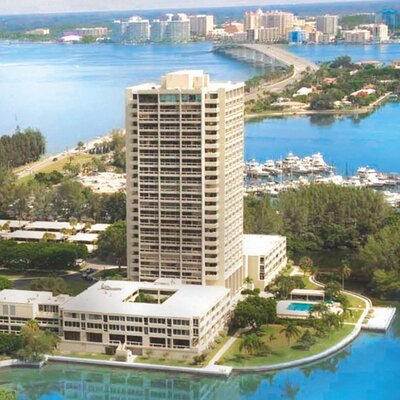
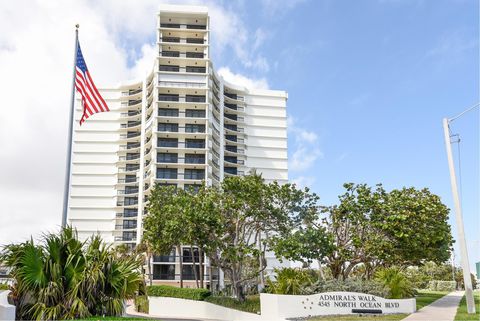
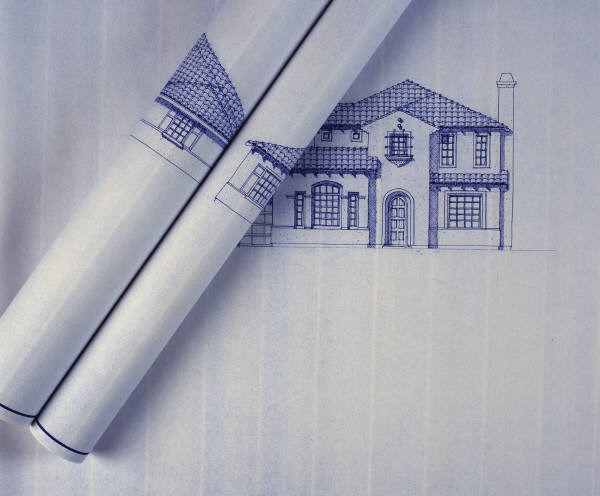
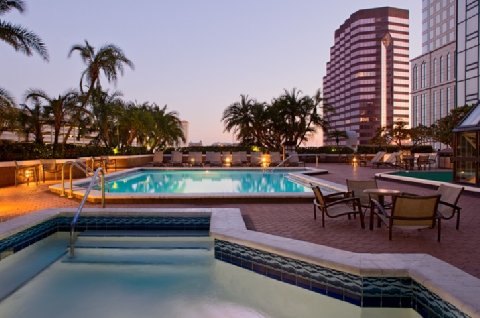
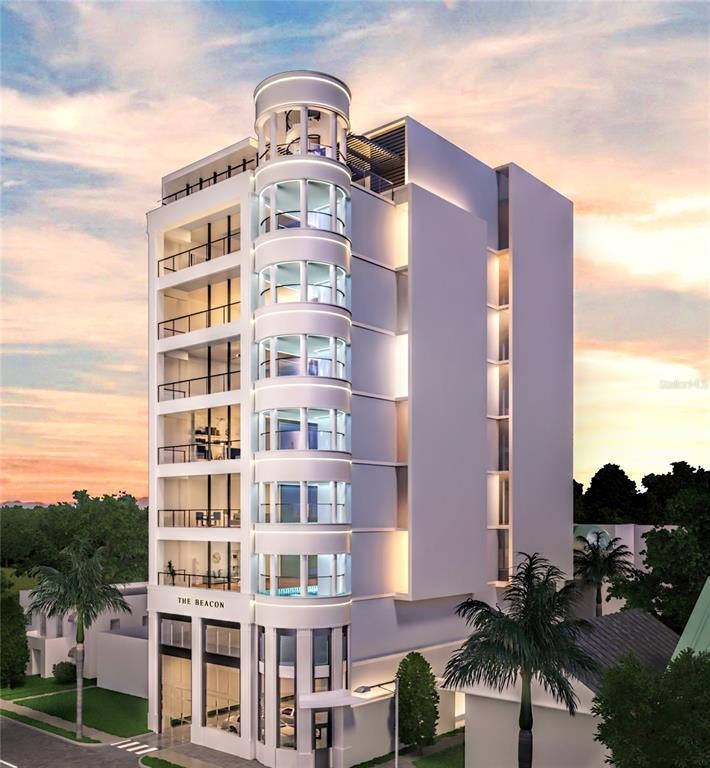
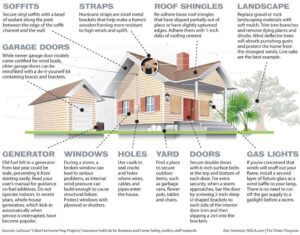
Before the Storm Hits: A Guide to Structural Engineering Checks Ahead of Hurricane Season
Before the Storm Hits: A Guide to Structural Engineering Checks Ahead of Hurricane Season Before a hurricane season arrives, conducting structural engineering checks on your
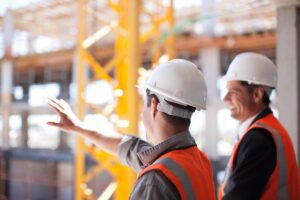
Choosing A Structural Engineer to Monitor The Construction Process
Choosing A Structural Engineer to Monitor The Construction Process Monitoring a construction project is a critical responsibility undertaken by structural engineers, who serve as vigilant

The Role of Structural Engineers in Hurricane Milton’s Recovery Efforts
The Role of Structural Engineers in Hurricane Milton’s Recovery Efforts Hurricane Milton left a significant mark on communities, causing extensive damage and disruption. As towns

Hurricane Helene: Understanding the Scale of Structural Damages and Their Implications
Hurricane Helene: Understanding the Scale of Structural Damages and Their Implications Hurricane Helene has made headlines as one of the most powerful storms to hit

The Role of Structural Engineers in Evaluating Hurricane Debby’s Aftermath
The Role of Structural Engineers in Evaluating Hurricane Debby’s Aftermath Hurricane Debby left a path of destruction that has affected countless homes and businesses. As

Preparing for the Florida Hurricane Season – Is your Condo Ready?
Preparing for the Florida Hurricane Season – Is your Condo Ready? In the Sunshine State, crystal-clear waters and stunning beaches attract visitors from all over.

The Benefits of Investing in a Structural Integrity Reserve Study for Your Florida Property
The Benefits of Investing in a Structural Integrity Reserve Study (SIRS) for Your Florida Property Are you a property owner in Florida looking to protect
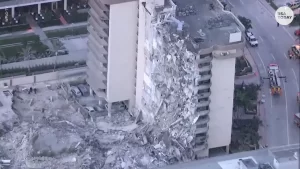
Why Florida Condominiums Need Structural Engineering & Restoration Services
Why Florida Condominiums Need Structural Engineering & Restoration Services Welcome to the Sunshine State, where beautiful beaches and stunning condominiums go hand in hand. But
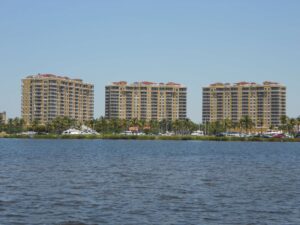
With Hurricane Season Approaching, Prepare With a Construction Site Inspection
Prepare for Hurricane Season As the summer season rolls in, so does another force of nature – hurricane season. With strong winds, heavy rains, and
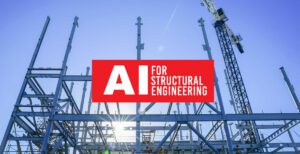
A glimpse into the future of structural engineering with digital technologies
A glimpse into the future of structural engineering with digital technologies in Florida Welcome to the future of structural engineering! With advancements in digital technologies,
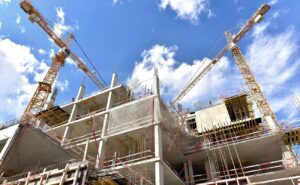
Choosing The Right Structural Engineering Firm for Your Project
Choosing the right Structual Engineering Company for your project in Florida – A Comprehensive Guide Are you embarking on a new engineering project in the
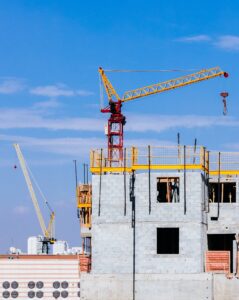
Why Arnold/Sanders is the Best Choice for Construction Site Inspection
Arnold/Sanders is the Best Choice for Construction Site Inspection If you are planning to start a construction project, then you know how important it is
